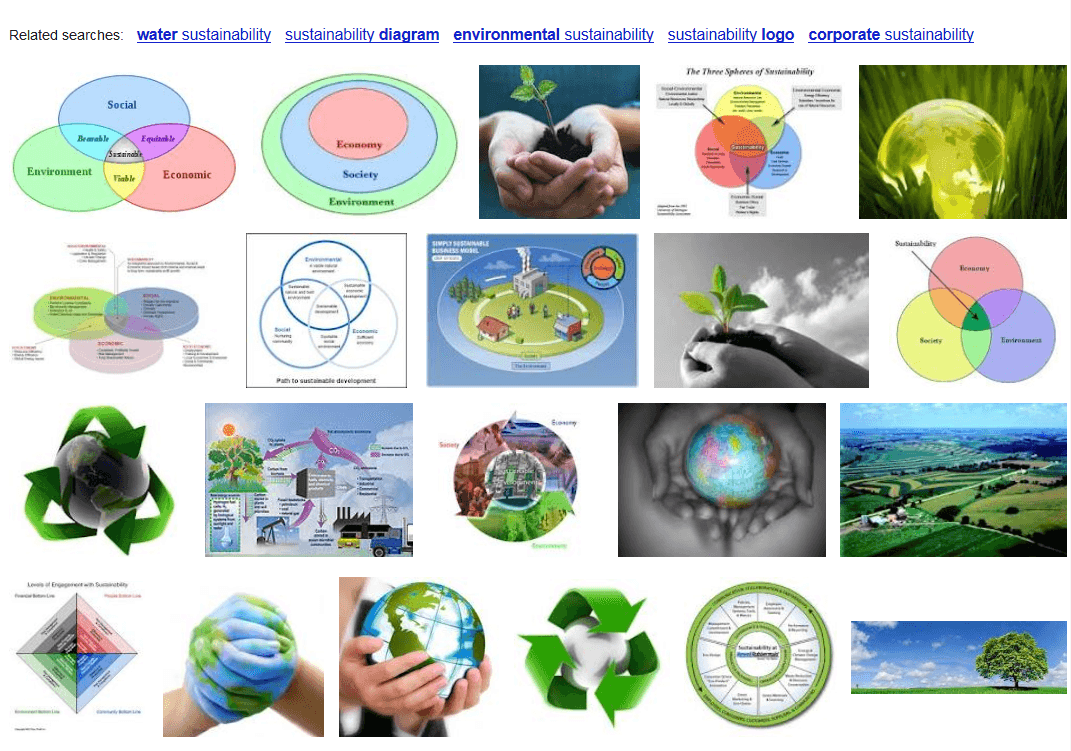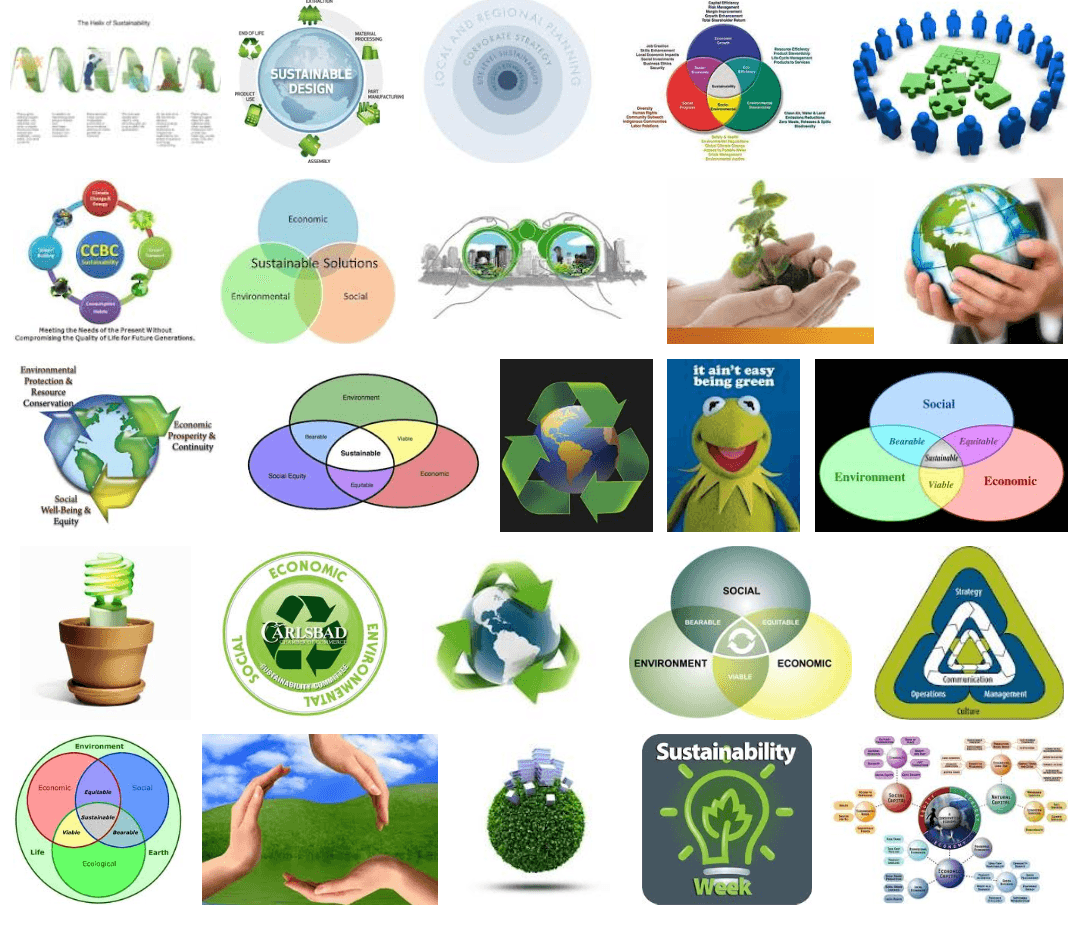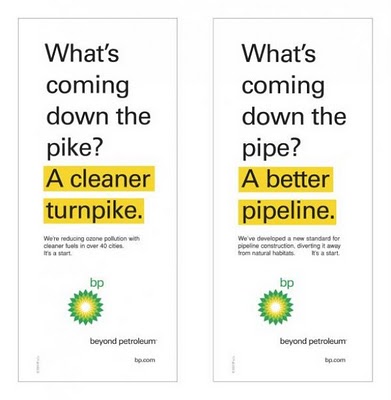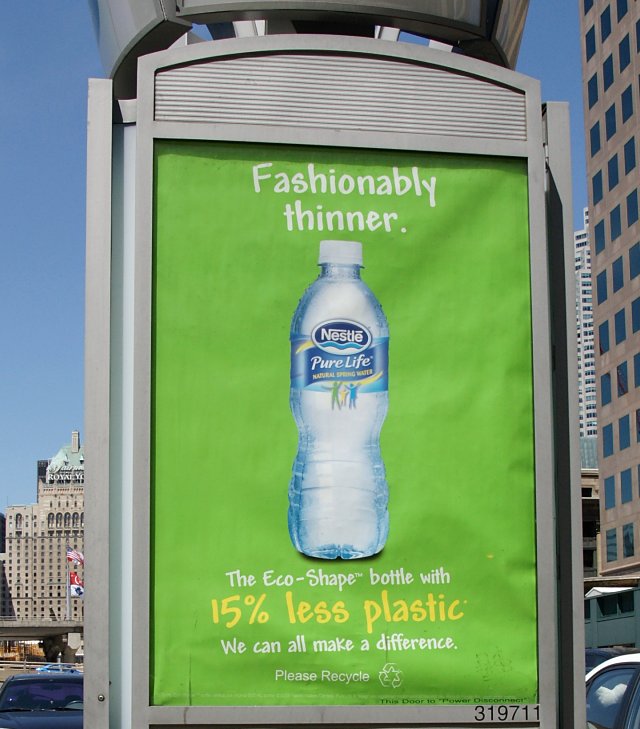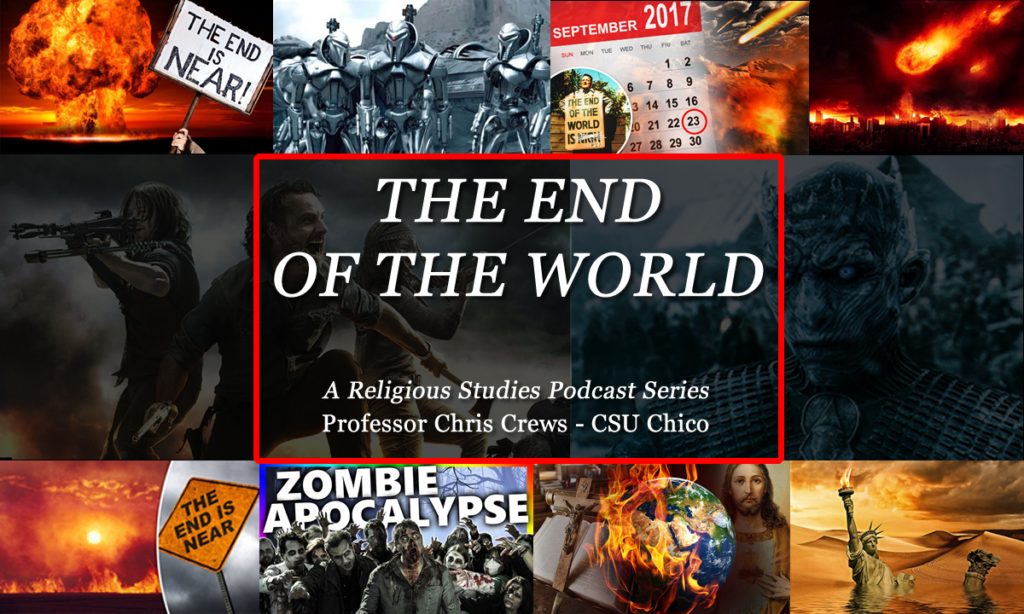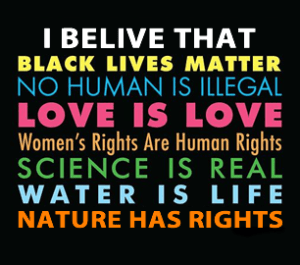Now You See It, Now You Don’t: Reality, Sustainability, Visuality
In this week we turn to the relationship between perception and attention, thinking through some of the ideas of Roland Bartes in Camera Obscura and Cameron Tonkinwise and Karen Pinkus’ Want Not: A Dialogue on Sustainability with Images. Both sets of texts ask us to think about images and their power to influence us or cause some form of affective response. For Barthes, it is about adventure, for Tonkinwise and Pinkus, it is about thinking through how we think–and visualize–sustainability.
Attentional Fun
Like the Monkey Game and other various attention and awareness exercises, the Who Cheated video above challenges us to think about what we see and don’t see, and more importantly, how easy it is to fool us into seeing what we think is there even if it is not. One way to think about this is the difference between reality and perception. Another might be between truth and lies/falsehood. In this next clip, Michael Galpert offers some suggestions on how to spot a fake image in this age of digital forgeries.
Internet Images – Real or Fake?
One of these efforts that Galpert mentions is the dove evolution video, showing the behind the scenes of fabricating beauty and models. Here is one of the dove evolution examples of how a model becomes a model. While the dove evolution clip gives us a sense of how this process takes place, it tells us little about the practice on a larger scale. So just how prevalence is this practice? When you open up a magazine or newspaper, or when you are watching tv, how often do you ask yourself–is this real or is it fake?
This question gets even trickier in our age of cgi animation, airbrush and Photoshop. How do you even know if an image is real anymore? Well, to help us think through this question, consider the following story on the widespread use and impacts of photoshopping on body images and beauty in the next video.
The Photoshop Effect
Of course, not everyone is pulled in by these attempt to reconstruct reality on an ad-hoc basis, as the following Adobé Fotoshop spoof by Jesse Rosten suggests. As Rosten writes: “This commercial isn’t real, and neither are society’s standards of beauty.”
Fotoshop by Adobé
OK, so we know there is a lot of funny business going on in the fashion and advertising business. But what about in other areas, like, say, sustainability? One of the points that both Tonkinwise and Pinkus make is that there is a problematic vision of sustainability that has a lot of power. As Tonkinwise suggests:
“And the net ecological impact is often the same as the hoarder’s house. The embodied
energy and pollution involved in all the small scale technologies needed to reinforce this
vision of the autonomous “suburban” house will often not be overcome by the cleanness
provided by such technologies over their lifetime.
Sustainability urgently needs to be recast as interdependence rather than independence,
resilient networks of social support, whether commercial services or communal resource
pools, rather than walls of stuff preventing my need to engage with others for my future.”
So how does is this image of sustainability link with the illusion of autonomy and independence, as opposed to what Tonkinwise calls for, which is a resilient, communal engagement? One very simple way to think about this is to look at how the actual term “sustainability” is commonly thought about. Below is the first set of results for the keyword sustainability on Google Images. What do you notice about these images? Do they share something in common? If so, what is it, and how does this relate to sustainability?
Google Sustainability
And here are the results for page 2 of the images.
Obviously we could spend a long time going through experiments like this looking at images for particular concepts, and asking about the truth or reality of the image. In terms of environmental politics and sustainability, the photoshop effect equivalent is known as Greenwashing. In short, greenwashing is when a corporation or other group takes something that is not environmentally friendly and attempt to make it seem like it is. Here are a few simple examples of how this works in practice.
BP’s Beyond Oil campaign
And some of the counter response following the 2011 Gulf Oil Spill off the coast of New Orleans.
Nestle’s “Eco-shape” Green Water
Interestingly, notice the way the Nestle bottle looks remarkably like the ideal barbie model–slim at the waist with nice curves. Do you think it is an accident that the ad starts with the words “Fashionably Thinner”? Might this be yet another gender politics spillover from the Photoshop Effect discussed above? Seems likely to me.
Clorox “Greenworks”
We could continue this exercise indefinitely. For those really interested, a film came out recently called Greenwashers, which exposes these practices in a more sustained way. You can check out the film website here: Greenwashers. Here’s a teaser of the film.
Until next time…how much is that doggie in the window?

